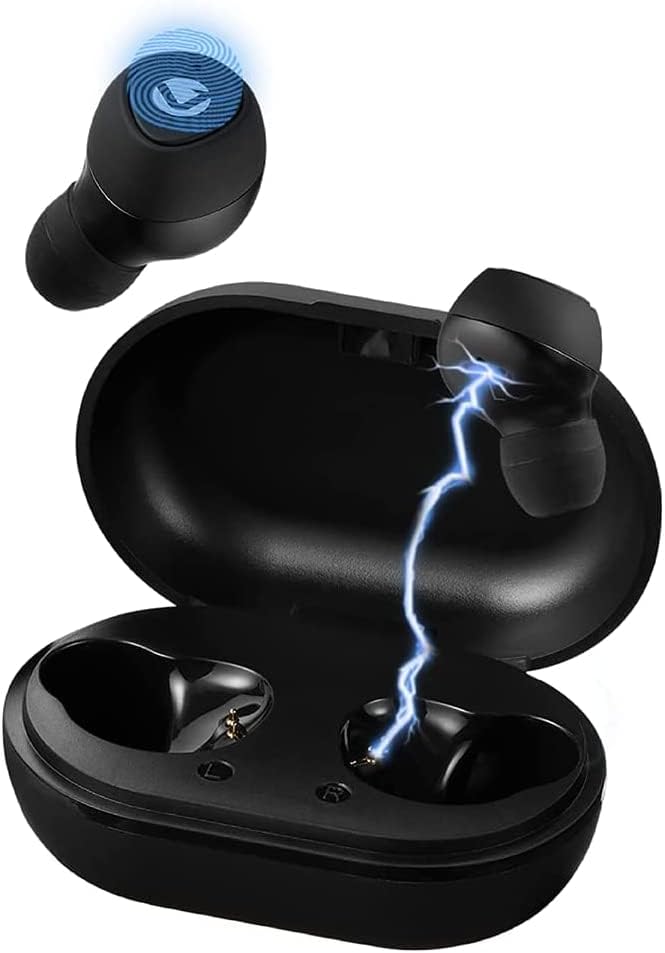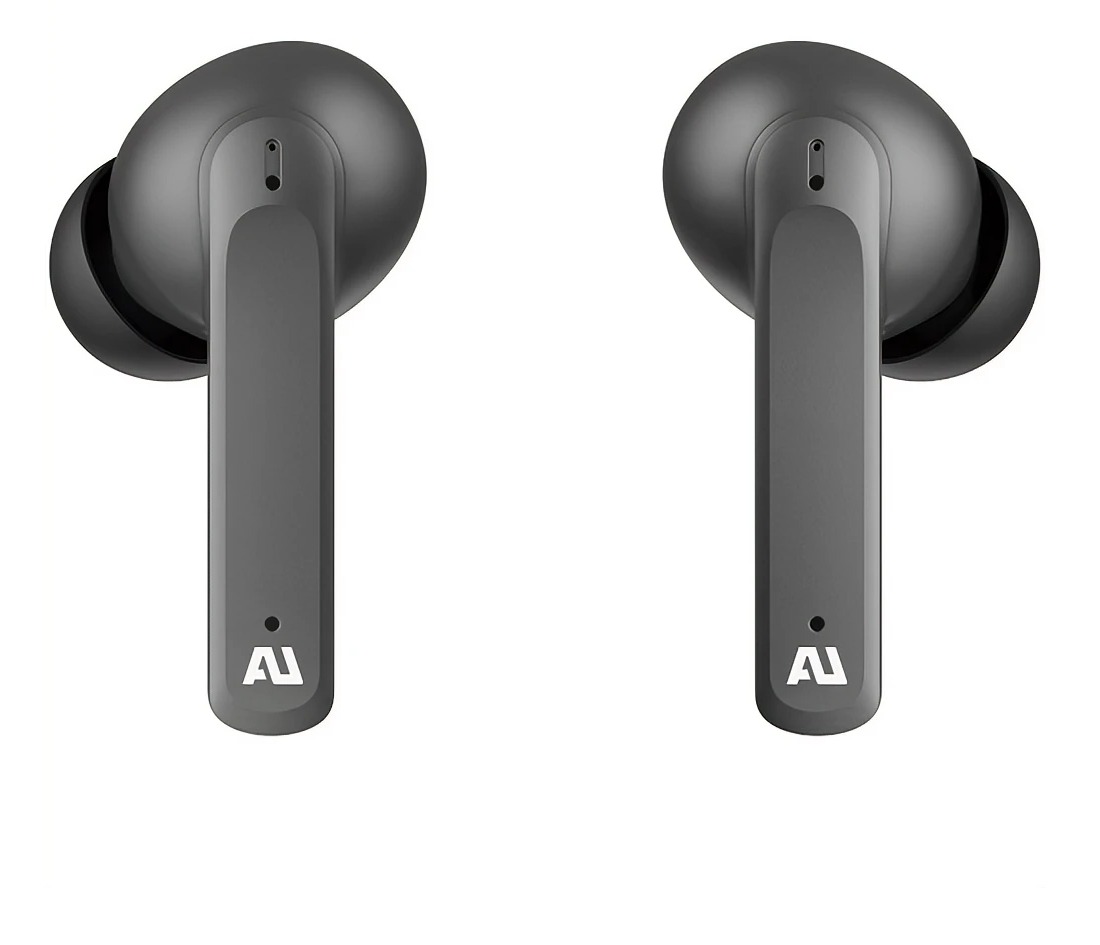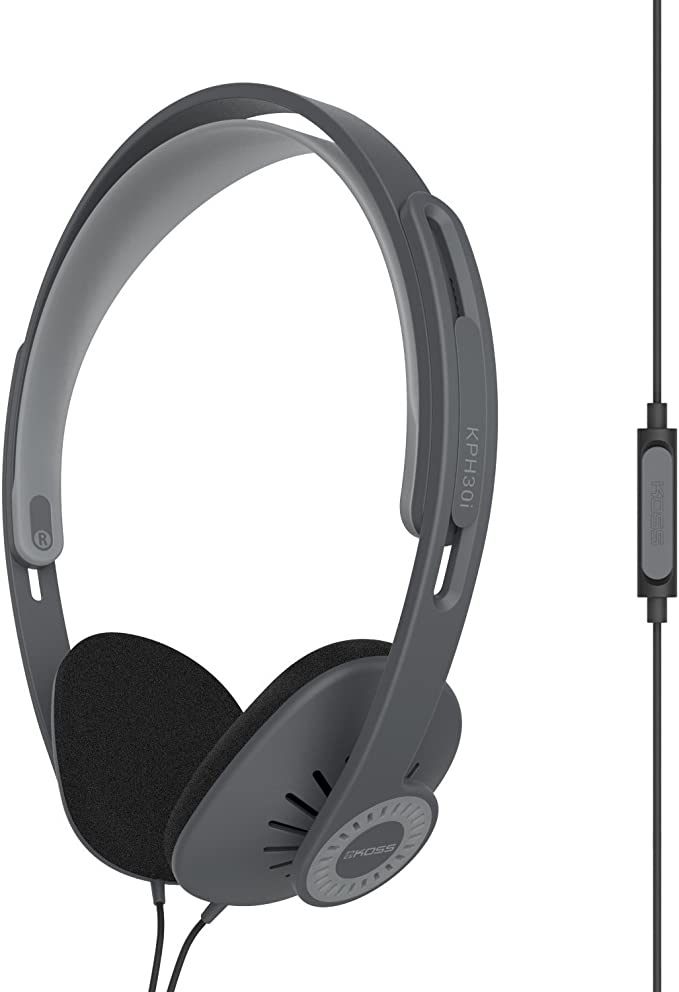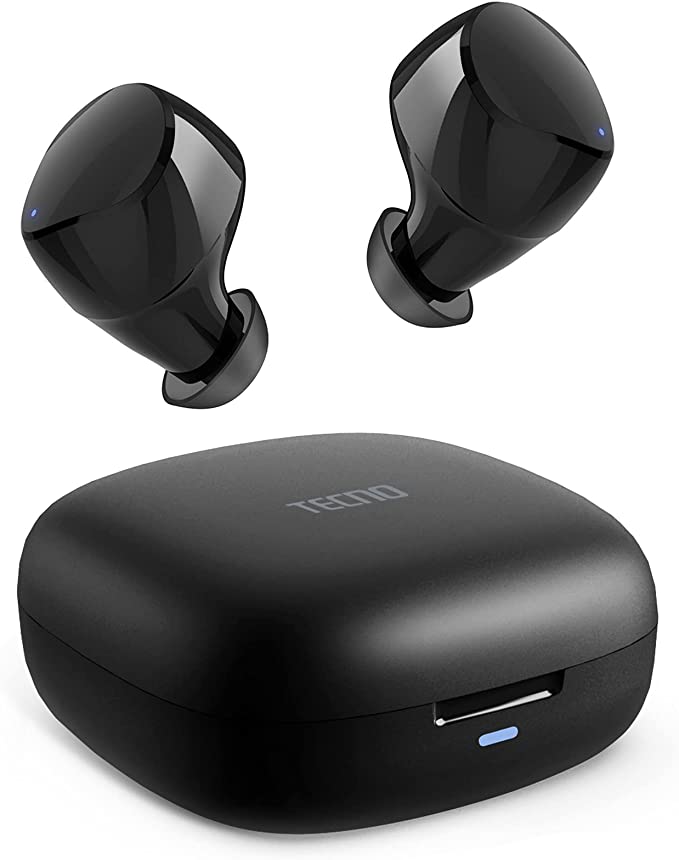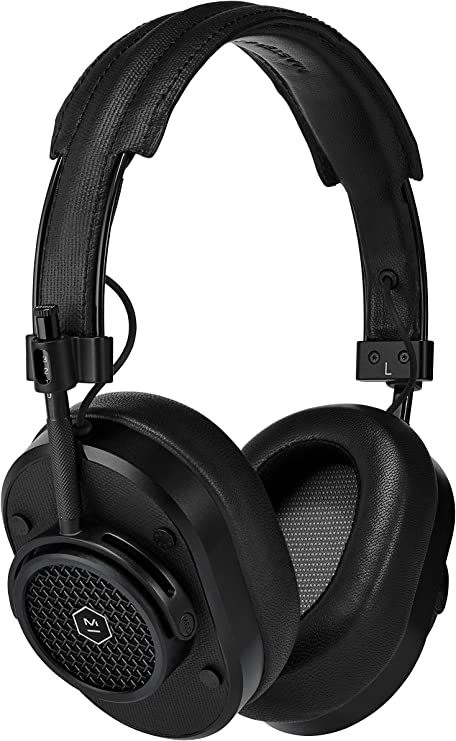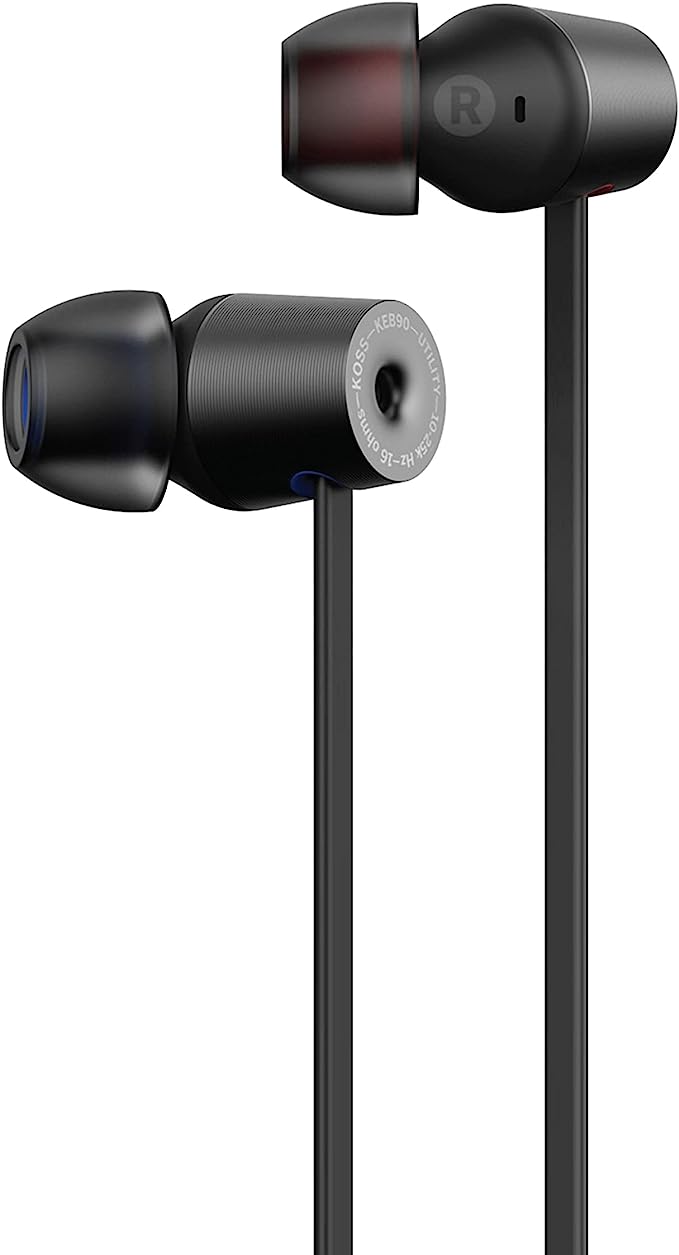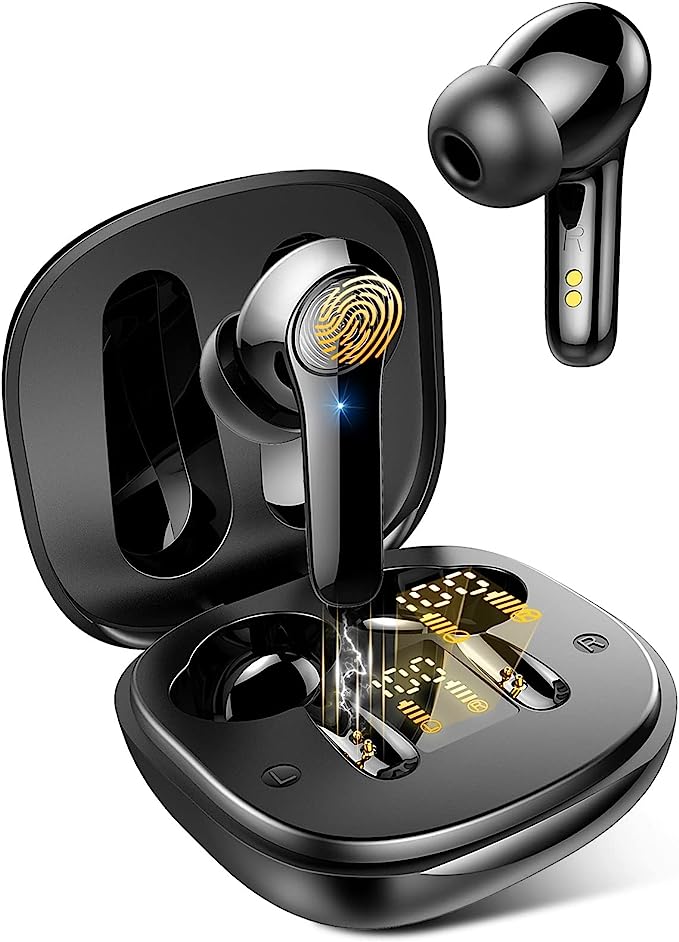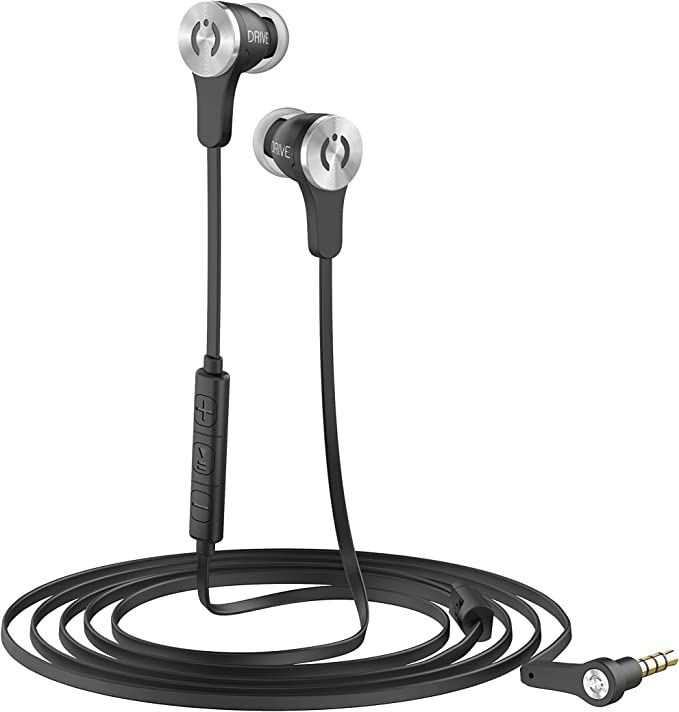Koss TWS250i True Wireless Earbuds: Experience the Freedom of Sound with Bluetooth 5.0
Update on Sept. 23, 2025, 10:24 a.m.
A journey through the radio waves, battery chemistry, and acoustic physics that make true wireless audio possible, with a simple pair of earbuds as our guide.
I still remember the ritual. The careful untangling of the headphone cord, a daily battle against the mysterious forces of pocket-based knot theory. That thin, unassuming wire was our final physical tether to the music, a lifeline that could snag on a doorknob, get caught in a zipper, and yank you abruptly back to reality. For decades, personal audio meant being leashed to a device.
Today, that leash is gone. We live in the age of True Wireless Stereo (TWS), where devices no smaller than a thumbnail can deliver hours of high-fidelity sound without a single physical connection. We take this for granted, popping them in our ears as casually as we put on a hat. But this convenience is not magic; it’s a miracle of miniaturization, a symphony of engineering played out on a microscopic scale.
To understand how we achieved this, we need to dissect one of these modern marvels. Our specimen for today will be the Koss TWS250i, a classic example of the form. Not because it’s the most expensive or feature-packed, but because its elegant simplicity contains the core scientific principles that define this entire category of device. Let’s unravel the invisible threads of science that weave together to create our private soundscapes.

The King’s Tooth and the Unseen Handshake
Before a single note can reach your ears, a connection must be made. This happens via Bluetooth, a technology so ubiquitous we barely think about it. But its origin story and its operational genius are worth a moment of awe.
The name itself is a nod to history, borrowed from Harald “Bluetooth” Gormsson, a 10th-century Viking king famed for uniting the warring tribes of Denmark. In the 1990s, engineers at Ericsson, facing a world of incompatible communication protocols, sought to create a single, universal short-range radio standard to unite their devices. King Bluetooth became their perfect symbol.
But how does this “uniting” force work in the crowded radio environment of the 21st century, where Wi-Fi signals, microwave ovens, and countless other devices are all screaming in the same 2.4 GHz frequency band? The answer is a clever technique called Frequency-Hopping Spread Spectrum (FHSS).
Imagine you’re at a loud, crowded party, trying to have a conversation. If you and your friend stand still and talk, it’s likely someone walking by will interrupt you. Now, imagine you and your friend have a secret, pre-arranged dance. You both jump between 79 different empty spots in the room, 1,600 times every second, continuing your conversation one snippet at a time at each new spot. To an outsider, it’s just noise. To you, it’s a clear, uninterrupted conversation.
This is exactly what your earbuds and phone are doing. The Koss TWS250i, using the Bluetooth 5.0 standard, performs this digital dance with incredible speed and efficiency. This modern version of the protocol creates a more robust connection over a longer distance—well over 30 feet—and establishes that connection almost instantly. The moment you flip open the case, the handshake begins, a silent, lightning-fast negotiation to start the symphony.

The Power Paradox: Chasing Lightning in a Bottle
Once the connection is made, the next great challenge emerges: power. An earbud has almost no internal space, yet it needs enough energy to power a radio, a digital-to-analog converter, an amplifier, and the speaker driver itself. This is where the quiet hero of the mobile revolution comes in: the lithium-ion battery.
The magic of lithium-ion chemistry lies in its incredible energy density. It can store more energy in a smaller, lighter package than any previous rechargeable battery technology. This is a victory of materials science, allowing engineers to pack enough power for over four and a half hours of continuous playback into a device weighing just a few grams.
But even that wasn’t enough to free us for a full day. The true breakthrough, the elegant compromise that made the TWS market viable, was the charging case. It’s a brilliant piece of design thinking. Instead of trying to cram an impossibly large battery into the earbud itself, engineers offloaded the bulk of the power supply to a portable “home base.” The case acts as a supply vessel, holding an additional 11+ hours of charge, ready to refuel the tiny earbuds whenever they’re docked.
When you place the TWS250i into its cradle, you’re not just storing it; you’re completing a power circuit. The modern USB-C port on that case is another small but significant part of the story, a universal standard that finally freed us from the frustration of trying to plug in a micro-USB cable the wrong way. Every part of this system is designed to solve the fundamental power paradox: our desire for infinite, untethered energy in a finite, miniature world.

The Shape of Silence, The Color of Sound
With a stable connection and sufficient power, we finally arrive at the sound itself. But creating great sound in an earbud is as much about what you don’t hear as what you do.
Before any electronics get involved, the first line of defense against outside noise is a simple physical barrier. This is passive noise isolation. The TWS250i comes with three sizes of silicone ear cushions, and finding the right fit is crucial. A proper seal doesn’t just keep the earbuds from falling out; it physically blocks a significant portion of ambient sound waves from entering your ear canal. It’s the acoustic equivalent of drawing the curtains to block out the morning sun—a low-tech but highly effective solution.

Once that seal is established, the internal speaker driver, no bigger than a pencil eraser, gets to work. It’s tasked with reproducing a frequency range of 20 to 20,000 Hz, the theoretical spectrum of human hearing. Think of this range as the artist’s canvas. A good driver can paint with all the colors, from the deep vibrations of a bass guitar (low frequencies) to the shimmering decay of a cymbal (high frequencies).
But here is where pure science gives way to art. Two pairs of earbuds can have the same technical specifications yet sound completely different. This is the art of tuning, a process guided by the principles of psychoacoustics—the study of how we psychologically perceive sound. The “Sound of Koss,” for example, has historically prioritized clarity and mid-range detail over the booming, bass-heavy profile popular today. The review of the TWS250i notes its “discreet bass performance,” which isn’t a flaw, but a deliberate philosophical choice. The engineers are sculpting the sound, making thousands of tiny decisions to craft a specific emotional experience.

So, the next time you put in your earbuds, take a moment. Feel the silence created by the physical seal. Hear the clarity of the connection, a silent dance of radio waves. Appreciate the hours of life flowing from a chemical reaction in a tiny battery. You’re not just listening to music. You’re experiencing a symphony of engineering, a quiet miracle of science that has finally, truly, set our music free.




